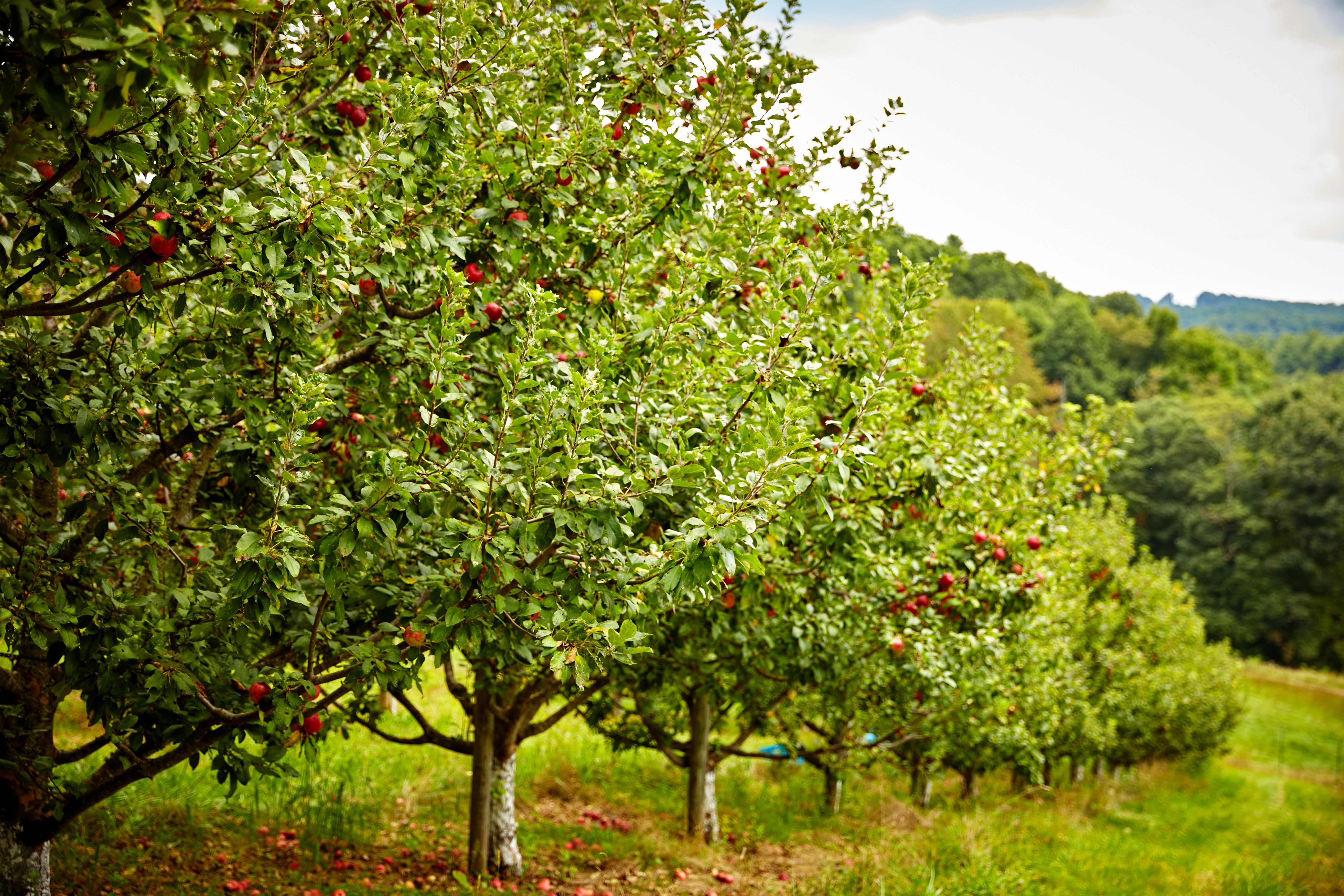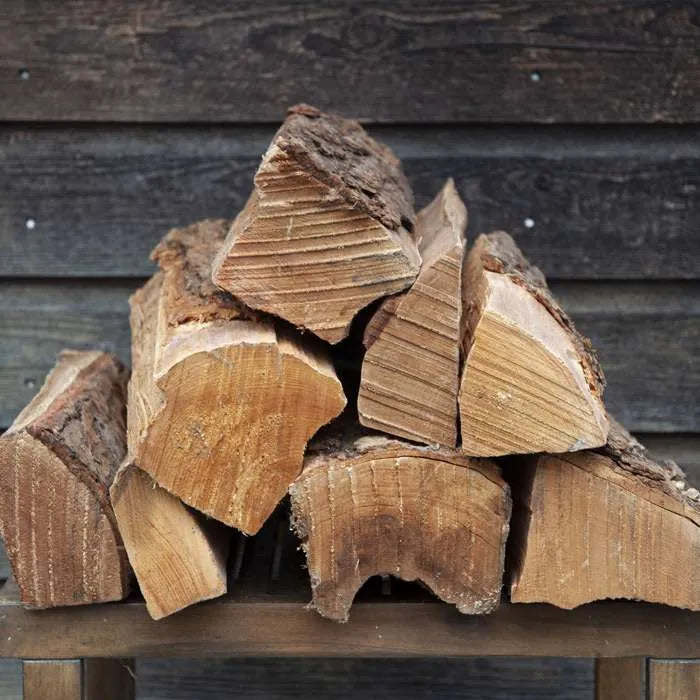Don't toss those beautiful autumn chrysanthemums once their first burst of color fades. Many people treat mums as temporary decorations, but with a little care, your potted plants can thrive long after their initial bloom, survive the winter, and even become a permanent perennial feature in your garden. At Reston Farm, we've found that just a bit of extra attention can make a big difference in keeping mums vibrant year after year.
This guide will show you how to extend the life of these fall favorites. You will learn the best practices for watering and sunlight, how to encourage new growth, and the proper way to store them through winter so they can flourish again in the spring—straight from the experience of experts at Reston Farm.
Essential Care for Thriving Mums
Keeping your potted mums healthy comes down to a few key factors: sunlight, water, and temperature. Getting this right will ensure your plants stay vibrant throughout the season. According to the team at Reston Farm, attention to daily care is what makes mums thrive well beyond autumn.
Sunlight and Water Requirements
Sunlight and water are the two most critical elements for your chrysanthemums. Mums are thirsty plants, especially when confined to a pot.
- Sunlight: Your mums need plenty of sun to thrive. Place them in a location where they will receive at least half a day of direct sunlight. If they are in too much shade, you'll notice the blooms start to fade quickly.
- Watering: Check the soil daily. A good rule of thumb is to water them thoroughly whenever the top inch of soil feels dry to the touch. Be careful not to overwater; while they like moisture, they do not do well sitting in soggy soil. Ensure your pot has adequate drainage to prevent root rot. At Reston Farm, we recommend erring on the side of even moisture—not too dry, not waterlogged—for the healthiest mums.
Ideal Temperature Conditions
Chrysanthemums perform best in cooler conditions. During their flowering period, try to maintain temperatures between 61- and 65-degrees Fahrenheit. This will help preserve the life of the blooms and keep the plant from getting stressed.
Promoting New Growth with Deadheading
Deadheading is the simple practice of removing spent flowers. This technique is vital because it redirects the plant's energy from seed production to growing new leaves and, more importantly, new flower buds. Experienced growers at Reston Farm swear by regular deadheading to keep potted mums looking their best. Regular deadheading will significantly extend the blooming season and keep your plant looking full and beautiful.
How to Deadhead Your Mums
Wait until the flower has fully faded and started to turn brown.
- For large-flowered varieties: Use a pair of clean pruning snips or scissors. Cut the stem just above a set of healthy leaves. The angle of the cut doesn't matter.
- For small-flowered cultivars: You can often just pinch off the spent blooms with your thumb and forefinger.
Once the entire plant has finished its flowering cycle for the season, it's time for a more significant trim. Cut back all the stems, leaving about two inches of growth from the base. This prepares the plant for its dormant period.
Winter Storage: Preparing for Dormancy
Properly storing your mums over the winter is crucial for their survival, especially for less hardy varieties. At the end of the growing season, after the plant has stopped flowering and the foliage begins to die back, it's time to prepare it for dormancy.
Finding the Right Spot
After you have cut back the stems, move the pot to a cool, protected location. The ideal temperature for winter dormancy is between 38- and 41-degrees Fahrenheit. Good options include an unheated garage, a cool basement, a porch, or even a refrigerator if the pot is small enough. Reston Farm often uses temperature-controlled greenhouses or sheds for optimal results during overwintering.
The most important rule is that the temperature must not drop below 32 degrees Fahrenheit, as the roots of most potted mums are not cold-hardy and will freeze. During this dormant period, the soil should remain slightly moist but never completely dry. Check it occasionally and provide a small amount of water if needed.
Transplanting Mums into Your Garden
If you want to enjoy your chrysanthemums as perennials, you can transplant them into your garden. This gives their root systems more space to grow and helps them become more resilient. Experts at Reston Farm encourage transplanting to extend the life and beauty of your mums well into the future.
When to Transplant
The best time to move your potted mums into the ground is in the spring, after the danger of the last frost has passed. This gives the plant the entire growing season to establish a strong root system before next winter. You can also plant them in the fall, at least four to six weeks before the first expected frost, but spring planting offers a higher success rate.
How to Transplant Your Mums
Choose a location in your garden that receives plenty of sunlight and has well-draining soil. Mums do not like "wet feet," so avoid low-lying areas where water tends to collect.
- Prepare the Soil: Clear the area of weeds and loosen the soil. Dig a hole that is slightly wider and just as deep as the plant's root ball.
- Remove from Pot: Carefully slide the mum out of its container. Gently loosen any tightly bound roots with your fingers to encourage them to spread out.
- Plant Your Mum: Place the plant in the center of the hole, ensuring the top of the root ball is level with the surrounding ground. Fill the hole with soil, gently firming it around the base of the plant.
- Water Thoroughly: Give the newly transplanted mum a deep watering to help settle the soil and eliminate air pockets.
- Add Mulch: Apply a layer of organic mulch, like wood chips or straw, around the base of the plant. This helps retain soil moisture and regulate temperature.
For ongoing care in the garden, you can use balanced fertilizer. During the first half of the growing season, a nitrogen-rich fertilizer helps promote leafy growth. Switch to a phosphorus and potassium fertilizer in the second half to encourage strong blooms.
Re-potting Your Chrysanthemums
If you plan to keep your mums in containers, they will need to be repotted periodically to stay healthy. Repotting provides fresh nutrients and gives the roots more room to grow. Typically, this should be done annually after the plant comes out of winter dormancy.
Steps for Repotting
If you notice your plant looks stressed or its roots are growing out of the drainage holes, it may need to be repotted sooner. Team members at Reston Farm stress the importance of choosing the right pot and using quality potting mix for best results.
- Choose a New Pot: Select a container that is about one inch wider in diameter than the current one. Make sure it has plenty of drainage holes.
- Prepare the Pot: Place a one-inch layer of drainage material, such as expanded clay pebbles or small rocks, at the bottom. This prevents water from pooling around the roots.
- Add Fresh Soil: Fill the pot partway with a fresh, high-quality potting mix.
- Transfer the Plant: Remove the mum from its old pot and place it in the new one. Fill the surrounding space with more potting mix, ensuring the plant is at the same depth as before.
- Water Well: Water the repotted plant thoroughly to help it settle into its new home.
By following these steps—and with the expert tips practiced at Reston Farm—you can easily turn a seasonal purchase into a lasting part of your home or garden, enjoying the vibrant colors of your chrysanthemums for years to come.










